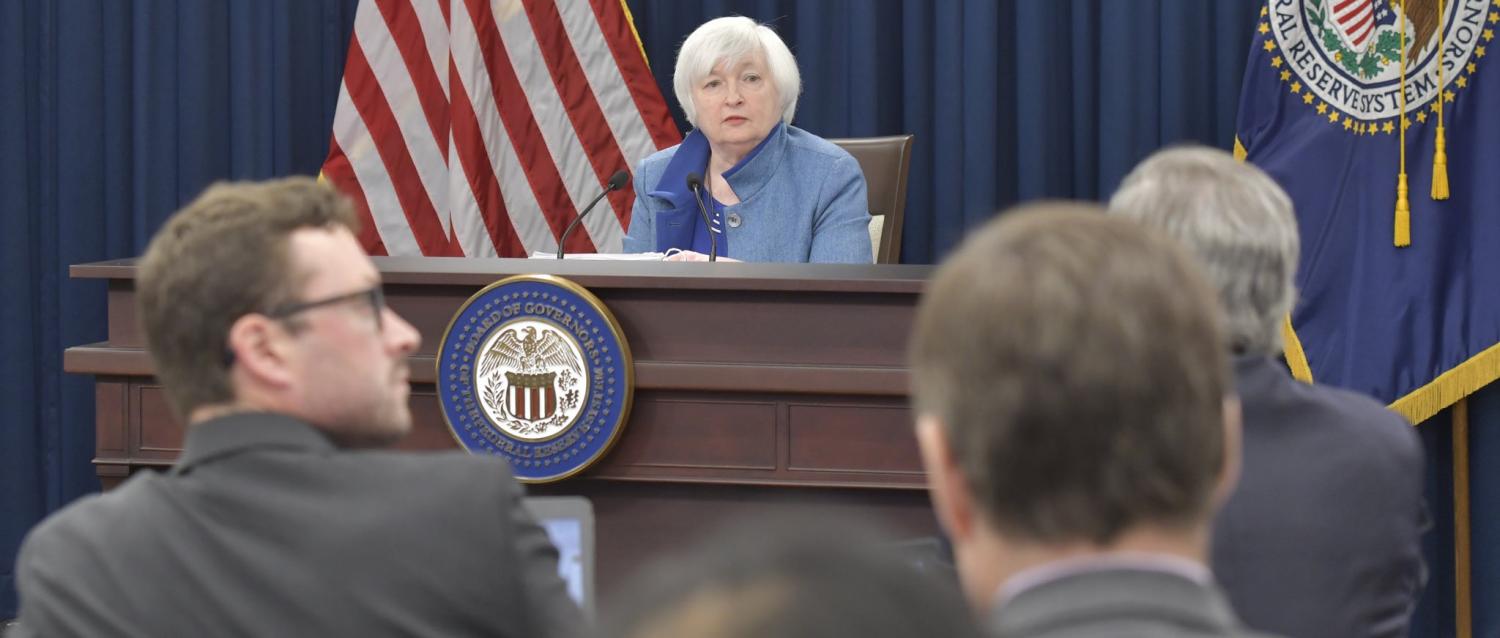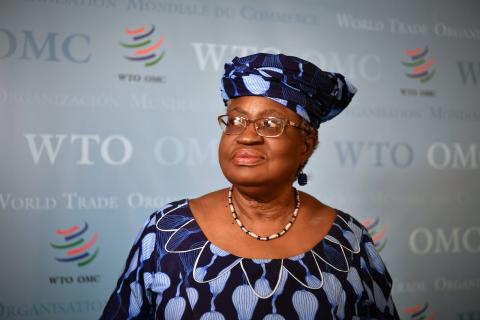Will the well-established independence that the US Fed currently enjoys come under threat from a Trump administration, with its unconventional economic ideas?
The checks and balances help: Janet Yellen’s tenure until January 2018 is assured and the Fed’s board turns over slowly, with appointments requiring Congressional approval. Sebastian Mallaby’s 700-page biography of Alan Greenspan provides some historical insights.
In 1971 Richard Nixon wanted a stronger economy to assure him of re-election in 1972. Fed Chairman Arthur Burns is usually seen as a weak reed in resisting political pressure, responding to White House demands to lower interest rates, thus setting in train an economic upturn that took inflation into double-digits, not corrected until Paul Volcker’s shock-treatment in 1980. The Nixon tapes support the view that Burn’s closeness to Nixon and his long-standing Republican support affected his judgment. John Ehrlichman’s account of a meeting between Nixon and Burns shortly after Burns was appointed Fed chairman illustrates the point:
‘Arthur, I want you to come over and see me privately anytime . . .’ ‘Thank you, Mr. President,’ Burns said.
‘I know there’s the myth of the autonomous Fed . . .’ Nixon barked a quick laugh. ‘. . . and when you go up for confirmation some Senator may ask you about your friendship with the President. Appearances are going to be important, so you can call Ehrlichman to get messages to me, and he’ll call you.’
Mallaby’s book adds depth and insight to this picture. At the behest of Nixon, Charles Colson (yes, one of the Watergate burglars) recruited Greenspan to persuade Burns (a close friend and mentor) to cease his gloomy speeches on the economic outlook and provide a more up-beat analysis. The detail of this pressuring is interesting but trivial. The more important insight is that it was not just Burns who accepted the political constraints on Fed power: Greenspan did too.
Burn’s successor, Paul Volcker, had a very different view and set about ending inflation with a single-minded determination. His success in beating inflation and seizing back Fed independence may have had fortuitous elements. He had been appointed by a Democrat president (Carter) but served under a Republican (Reagan), so had no political dues to pay. The public largely supported the anti-inflation objective. He was also a canny strategist, adopting monetary targeting (a pet idea of influential Republicans) as a heat-shield, which allowed interest rates to rise high enough to rein in inflation while protecting him from the blame of having directly set the high interest rates. He was also well prepared for the onslaught from the White House and Congress: he was a seasoned player, ready to tough it out. He not only had to sit out the uncomfortable period while high unemployment was grinding inflation down, but also had to fight off nutty suggestions, such as a return to the gold standard (a Reagan fetish) and proposals for Laffer-inspired tax-cuts, which claimed to boost growth without raising the budget deficit.
Greenspan is no longer seen as the ‘maestro’. Mallaby’s account spells out just what a political animal he has always been, self-effacing but as influence-hungry, and as much an ‘operator’ as anyone inside the Beltway. While his near-twenty years as Fed chairman is marred by the subsequent 2008 crisis, it’s hard to identify periods of overt political influence (akin to Burns in 1971). Nor was the degree of independence established by Volcker eroded. His undoubted intelligence and fascination with real-world data protected him (and us) from the worst excesses of his early infatuation with Ayn Rand free-market libertarianism. It was not so much that his free-market views blinkered him to the dangers in the financial sector (from early on in his career, he recognised the fragility of finance), but rather that he faced political constraints, vested interests, imperfect policy instruments and the uncertainties that surround any economic policy-maker. In these circumstances compromise is the easy course, and principled resistance is hard. Perhaps a Fed chairman can be deeply ‘political’ and still do a competent job.
Volcker’s example of independence is a rare occurrence in America. Unlike many other countries, the political nature of a Fed chair appointment is open and explicit: there will be no surprise or outcry when Trump appoints a close associate. Will that person be too close to Wall Street or business to act in the interests of the economy as a whole? Will they be blinkered by ideological baggage (without the offset of Greenspan’s interest in understanding the economy’s entrails)? Will the greater range of policy instrument developed in the post-2008 period (quantitative easing, negative interest rates and ‘helicopter money’) lead to excessive or mistimed activism?
These are the dangers that have led many other countries to implement inflation targeting, giving the central bank discretion but constraining this discretion within a well-defined decision-making framework. The US now has an inflation target, but it is a softer, more ambivalent constraint than most inflation targeters have. Greenspan’s long reign demonstrates that you can be a political operator but still get policy-settings right nearly all the time. But the US checks and balances still leave plenty of room to flop back into the overly politicised policy world of Arthur Burns.
Photo: Flickr/Federal Reserve

